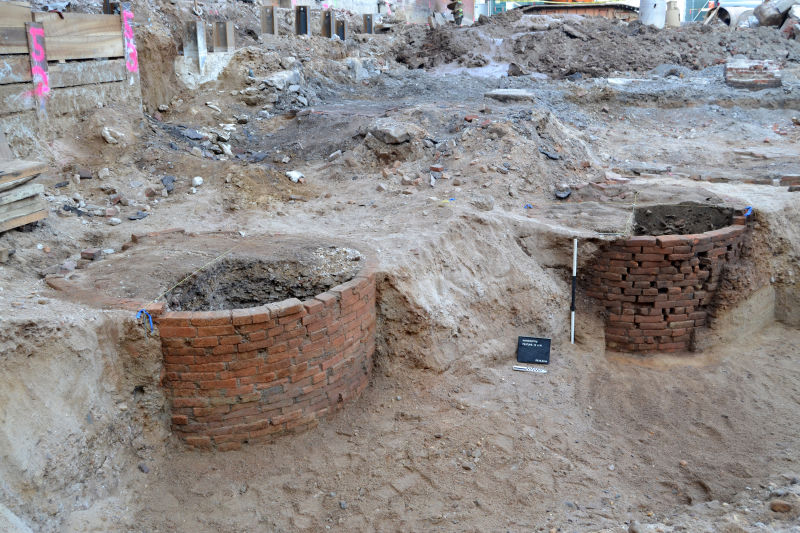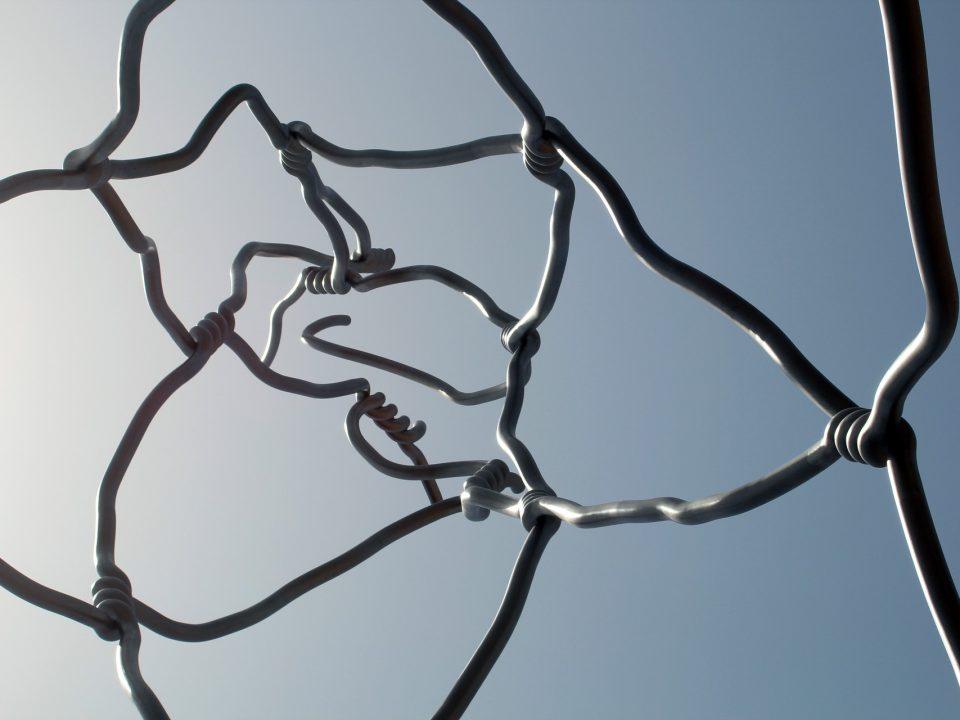Items Found In Colonial Privies to Be Shown In Revolution Museum

They say that one man’s trash is another man’s treasure. This is especially true when you add in the variable of three centuries between the trash-dumping and its discovery. Such is the case in Philadelphia, where interesting historical items have been excavated from a dozen colonial-age privies (or toilets) found on the site of the upcoming Museum of the American Revolution. Unlike today’s toilets, which are used solely for human waste, colonial privies were often a dumping site for other household trash. Among the dozen brick-lined privy pits found on the Museum’s property, tens of thousands of artifacts were discovered.

The brick-lined privies yielded tens of thousands of fascinating artifacts.
The area where the privies were discovered used to be known as Carter’s Alley, and it was lined with businesses and private homes from the beginning of the 1700s until the end of that century. Nina Golgowski of the Huffington Post reports that the types of items found in each privy made it easy to determine what sort of business to which it was attached. For example, 750 pieces of type were found in a privy that was determined to be located near a printer’s establishment.
Smithsonian.org mentioned that one of the most interesting pits was the one dug by Benjamin and Mary Humphreys, who were eventually arrested in 1783 for running an illegal tavern and brothel. That pit yielded “dozens of drinking vessels, beer, wine and liquor bottles, broken tobacco pipes, serving dishes and broken punch bowls.” It’s believed that the Humphreys used their privy as a place to dump the evidence of their illicit establishment. A windowpane etched with a political quote by Cato the Younger was another treasure discovered in the Humphreys’ privy pit. One that will definitely go on display in the Museum is a punchbowl depicting the Triphena, the ship that the American colonists sent in 1765 to Britain bearing a demand for the repeal of the notorious Stamp Act.
Several of the artifacts found in the privies will make their way to the display cases of the Museum, which is set to open in 2017.



